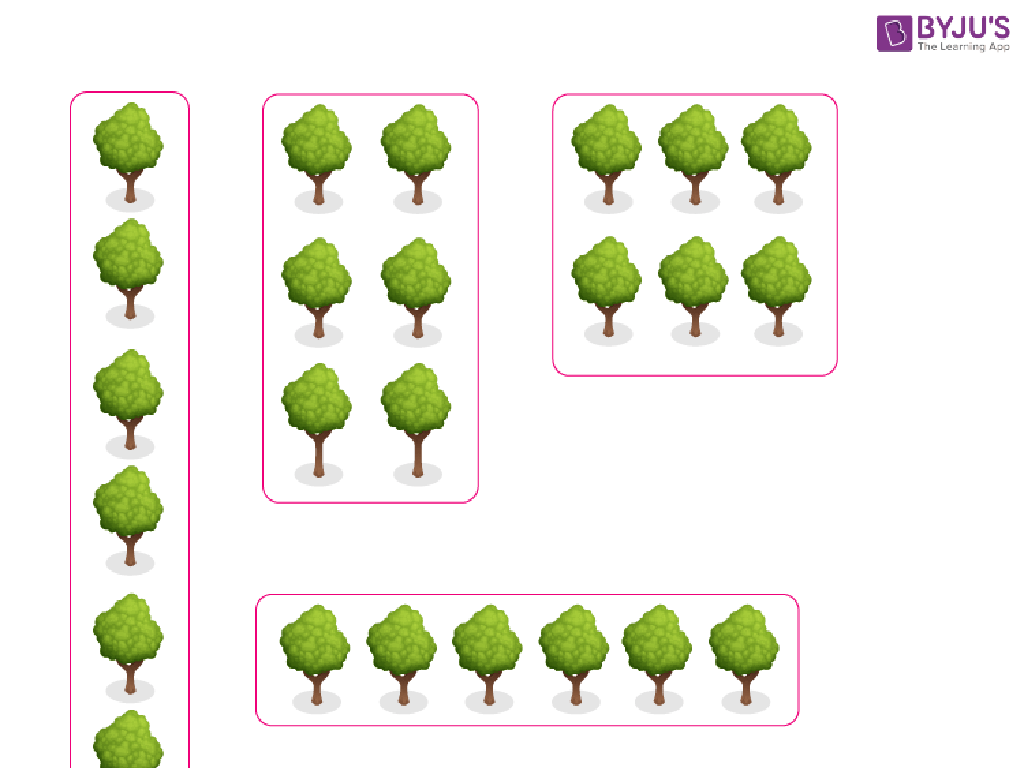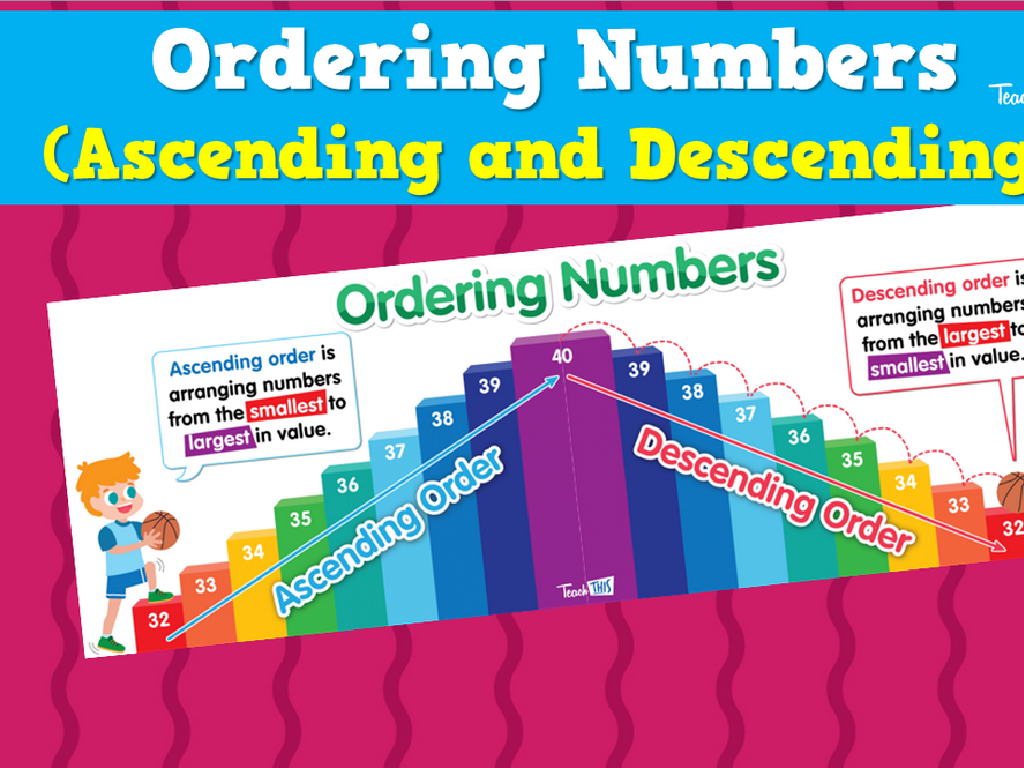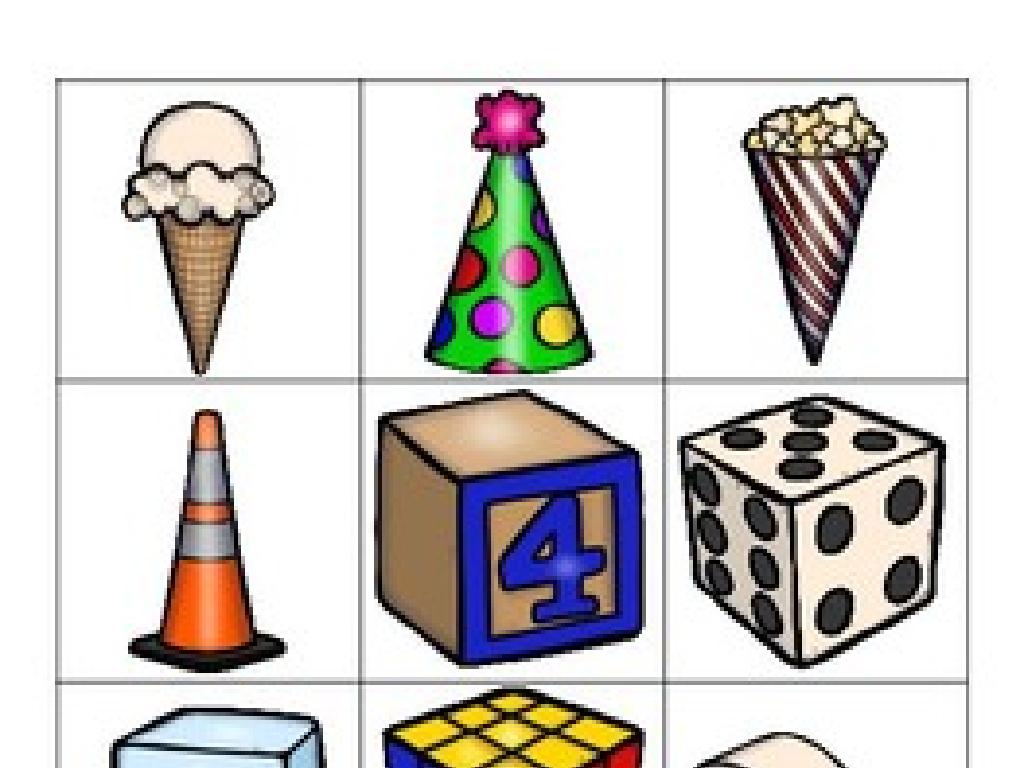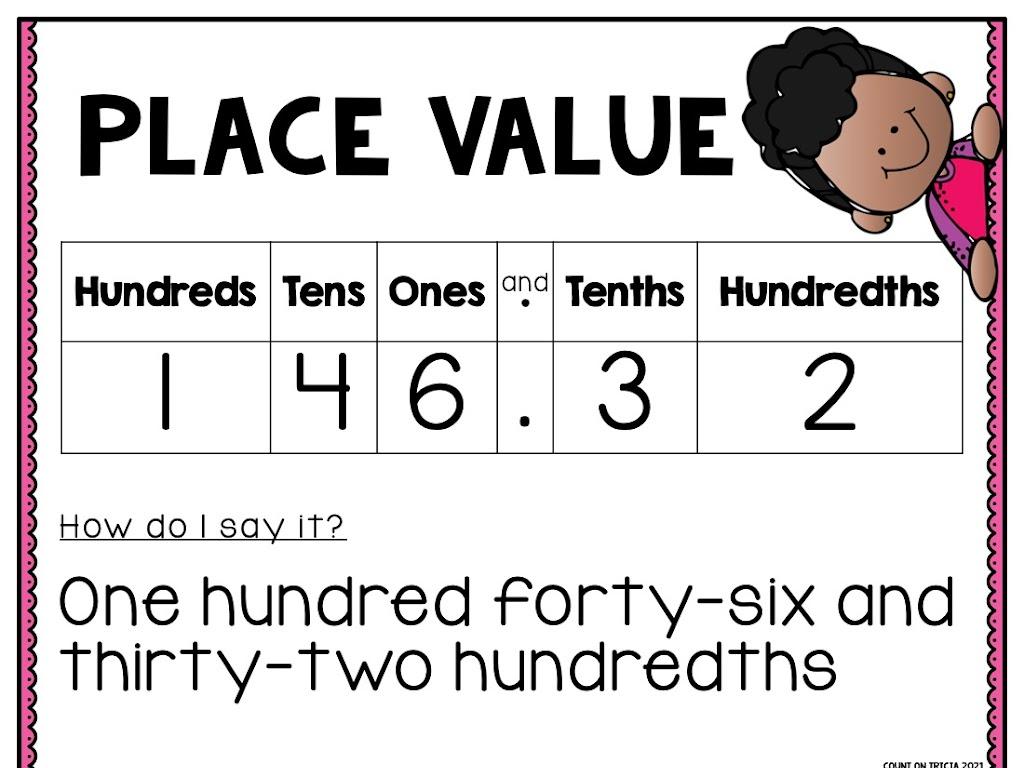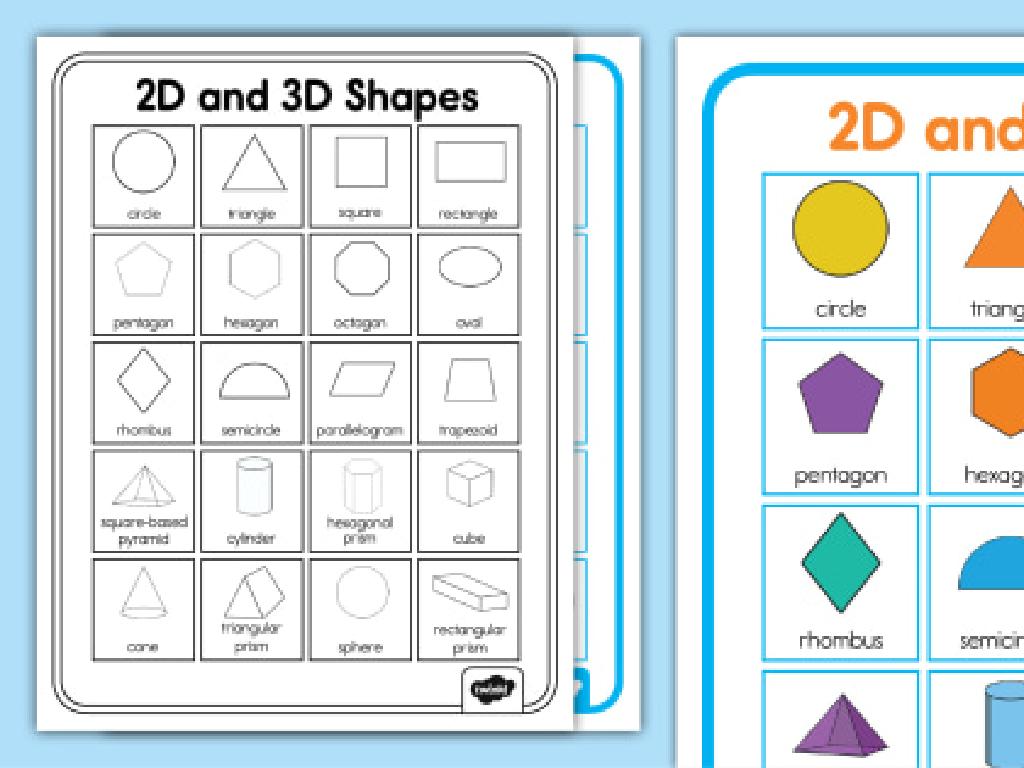Compare Fractions Using Number Lines
Subject: Math
Grade: Third grade
Topic: Compare Fractions
Please LOG IN to download the presentation. Access is available to registered users only.
View More Content
Welcome to Fractions: Comparing Them on Number Lines
– Understanding parts of a whole
– A fraction represents a part of a whole, like a slice of pizza.
– Daily life uses of fractions
– Fractions are everywhere: in cooking, sharing snacks, and in time telling.
– Comparing fractions visually
– See which fraction is bigger or smaller by looking at them.
– Using number lines to compare
– Place fractions on a number line to see which is larger or smaller.
|
This slide introduces third graders to the concept of fractions and their relevance in everyday life. Begin by explaining that a fraction represents a part of a whole, using tangible examples like slices of pizza or pieces of fruit. Highlight how fractions are used in daily activities such as cooking (half a cup of sugar) or dividing treats among friends. Emphasize the visual aspect of comparing fractions by showing them on a number line, which helps students understand which fractions are larger or smaller at a glance. Use a number line drawn on the board to place different fractions and compare their sizes. Encourage students to think of other examples where they encounter fractions daily.
Understanding Fractions
– A fraction shows part of a whole
– Top number is the numerator
– It tells how many parts we have
– Bottom number is the denominator
– It tells how many parts in total
– Fractions are everywhere
– Pizza slices, water jugs, and more
|
Begin the lesson by explaining that a fraction represents a part of a whole, like a slice of pizza out of a whole pizza. The numerator, or the top number of a fraction, indicates how many parts we’re talking about, while the denominator, the bottom number, shows how many of those parts make up a whole. Use everyday examples to illustrate fractions, such as slices of pizza, portions of a water jug, or pieces of fruit. This will help students visualize fractions in a context they understand. Encourage students to think of their own examples of fractions they encounter daily to reinforce the concept.
Comparing Fractions on Number Lines
– What is a number line?
– A straight line with numbers at equal spaces
– Number line positions show value
– Numbers to the right are greater, to the left are smaller
– Comparing fractions using number lines
– Place fractions on the line to see which is larger or smaller
– Practice with different fractions
– Let’s try comparing 1/4 and 3/4 on a number line!
|
This slide introduces the concept of a number line as a tool for comparing fractions. Start by explaining what a number line is and how it is set up. Emphasize that the position of numbers on the line helps us understand their value, with numbers increasing as we move to the right. Demonstrate how to place fractions on a number line and use their positions to compare their sizes. Engage the students with an example, such as comparing 1/4 and 3/4, and encourage them to visualize the fractions’ positions on the line. This visual approach will help them grasp the concept of comparing fractions effectively.
Placing Fractions on a Number Line
– Fractions show value on a number line
– Right side means larger fractions
– Place 1/4, 1/2, 3/4 on the line
– Starting with 0, find where 1/4, 1/2, and 3/4 fit between 0 and 1
– Compare their positions
– See how 1/2 is in the middle, 1/4 is to the left, and 3/4 is to the right
|
This slide introduces students to the concept of representing fractions on a number line and understanding their relative values. Begin by explaining that a number line is a visual way to see the size of different numbers, including fractions. Show that as you move to the right on the number line, the fractions get larger. Use a number line diagram to place 1/4, 1/2, and 3/4, and help students see that 1/2 is halfway between 0 and 1, while 1/4 is closer to 0 and 3/4 is closer to 1. Encourage students to think about where other fractions would be placed on the same number line. This activity will help solidify their understanding of comparing fractions by size.
Comparing Fractions on a Number Line
– Compare fractions using a number line
– See which fraction is closer to 0 or 1 on the line
– Fractions near 0 are smaller
– If a fraction is to the left, it’s smaller
– Fractions near 1 are larger
– If a fraction is to the right, it’s bigger
– Practice with different fractions
|
This slide is aimed at helping third-grade students understand how to compare fractions by using a number line. Start by explaining that a number line is a visual way to look at numbers in order. Show that fractions can be placed on this line and their value is determined by their position relative to 0 and 1. The closer a fraction is to 0, the smaller its value; the closer it is to 1, the larger its value. Use examples of fractions placed on a number line to illustrate this concept. For instance, compare 1/4 and 3/4 by showing that 3/4 is closer to 1 and therefore larger than 1/4. Encourage students to practice by placing different fractions on a number line and comparing them to each other.
Understanding Equivalent Fractions
– Fractions can be equal
– Equivalent fractions explained
– Different fractions with the same value
– 1/2 equals 2/4 example
– Both fractions represent the same point on a number line
– Visualize on a number line
– Drawing helps compare fractions
|
This slide introduces the concept of equivalent fractions, which are different fractions that represent the same value. Use the example of 1/2 and 2/4 to show students that although the numbers are different, the value is the same when visualized on a number line. Emphasize the importance of understanding that fractions can be represented in various forms but still be equal. Encourage students to draw number lines and place fractions on them to see the equivalence visually. This will help solidify their understanding of how fractions can be compared using a number line.
Class Activity: Fraction Number Line
– Create your own number lines
– Place 1/3, 2/3, 1/6, 5/6 on the line
– Make sure to evenly space out fractions
– Compare fractions with classmates
– See how different fractions relate on the same line
– Discuss which are larger or smaller
– Use the number line to determine size
|
This activity is designed to help students visually understand and compare fractions using number lines. Each student will create a number line and place the fractions 1/3, 2/3, 1/6, and 5/6 on it. This will aid in recognizing how fractions can be represented on a line and how to determine which fractions are larger or smaller. Encourage students to discuss their findings with classmates to reinforce their understanding. For the teacher: Prepare to guide students in spacing fractions correctly on the number line and facilitate discussions. Possible activities include pairing students to compare number lines, creating a large class number line, or having students explain their reasoning for the placement of each fraction.
Conclusion: Mastering Fraction Comparison
– Congratulations on learning fraction comparison!
– Number line positions reveal size
– Fractions to the right are larger, to the left are smaller
– Practice is key to fraction mastery
– Keep practicing at home!
|
Well done to all the students for learning how to compare fractions using number lines! It’s important to remember that the position of a fraction on the number line is a visual indicator of its size. Fractions further to the right are larger, and those to the left are smaller. Encourage students to continue practicing this skill at home with different fractions to become more confident. You can suggest they draw their own number lines and place fractions they encounter in daily life on it to see which are larger or smaller.

